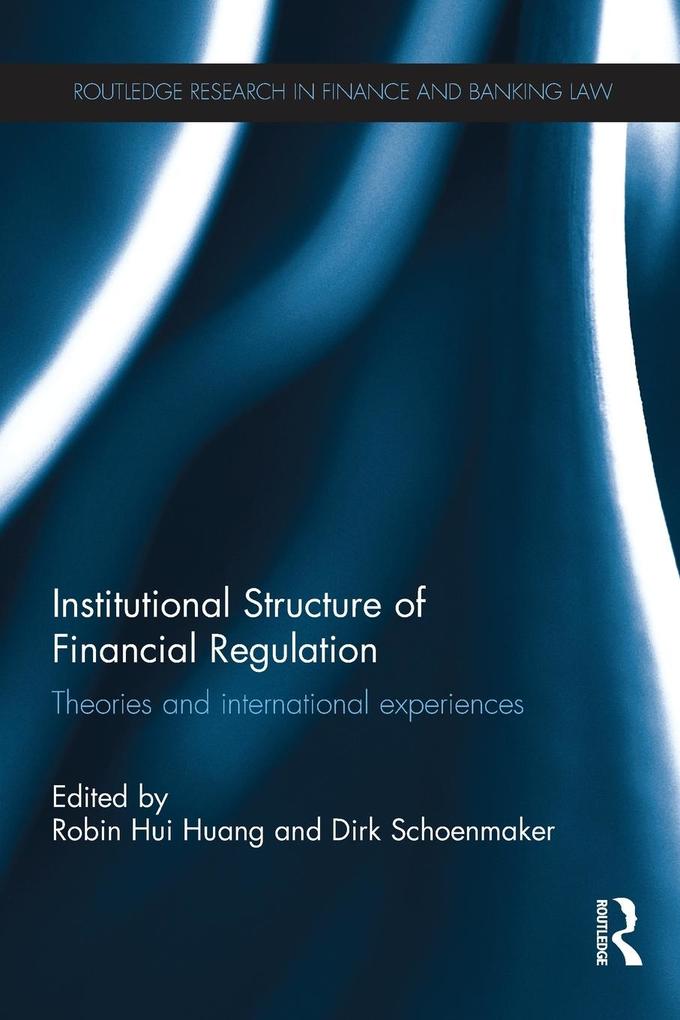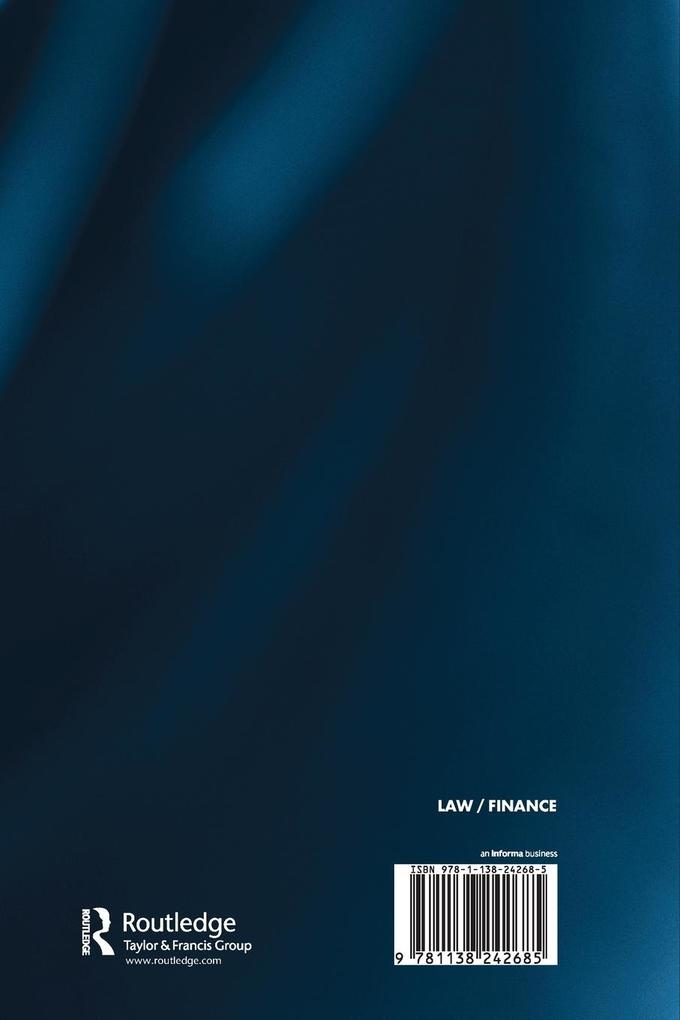
Zustellung: Mo, 16.06. - Do, 19.06.
Versand in 6 Tagen
VersandkostenfreiBestellen & in Filiale abholen:
This book examines the institutional structure reform of financial regulation from a comparative perspective, exploring both fundamental theories and international experiences. The book explores the three main institutional structures of financial regulation in the world and contains contributions from renowned experts in the field of financial regulation including Douglas Arner, Jeffery Carmichael, Eillis Ferran, Robin Hui Huang, Donato Masciandaro, Saule Omarova, Dirk Schoenmaker, Sunil Sharma, Michael Taylor, Mamiko Yokoi-Arai.
Inhaltsverzeichnis
Introduction, Robin Hui Huang and Dirk Schoenmaker 1. Regulatory Reform After the Financial Crisis: Twin peaks revisited, Michael Taylor, 2. Financial stability and proper business conduct: Can supervisory structure help to achieve these objectives?, Dirk Schoenmaker and Jeroen Kremers 3. Rules, Discretion, and Macro-Prudential Policy, Itai Agur and Sunil Sharma 4. Helping Hand or Grabbing Hand? Supervisory Architecture, Financial Structure and Market View, Donato Masciandaro and Marc Quintyn 5. Implementing Twin Peaks: Lessons from Australia, Jeff Carmichael 6. The Break-up of the Financial Services Authority in the UK, Eilis Ferran 7. One Step Forward, Two Steps Back? The Institutional Structure of U.S. Financial Services Regulation After the Crisis of 2008, Saule T. Omarova 8. Evolving Supervisory and Regulatory Approaches of Japan in The Post-Crisis Era, Mamiko Yokoi-Arai and Tetsuo Morishita 9. Financial Regulatory Structure in Hong Kong: Looking Forward, Douglas W. Arner and Evan Gibson 10. Institutional Structure of Financial Regulation in China: Where Is It Now and Where Is It Heading?, Robin Hui Huang
Produktdetails
Erscheinungsdatum
08. November 2016
Sprache
englisch
Seitenanzahl
282
Herausgegeben von
Robin Hui Huang, Dirk Schoenmaker
Verlag/Hersteller
Produktart
kartoniert
Gewicht
433 g
Größe (L/B/H)
234/156/15 mm
ISBN
9781138242685
Entdecken Sie mehr
Bewertungen
0 Bewertungen
Es wurden noch keine Bewertungen abgegeben. Schreiben Sie die erste Bewertung zu "Institutional Structure of Financial Regulation" und helfen Sie damit anderen bei der Kaufentscheidung.










